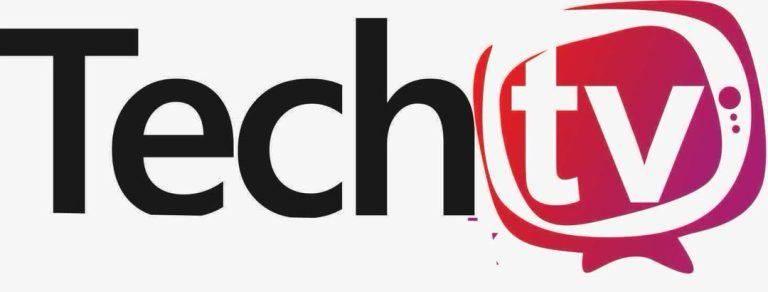Starlink Surges Ahead of Local ISPs in Sub-Saharan Africa
SpaceX’s Starlink is rapidly reshaping the internet landscape across Sub-Saharan Africa, outperforming traditional ISPs in speed and reliability, especially in underserved rural regions, according to...

SpaceX’s Starlink is rapidly reshaping the internet landscape across Sub-Saharan Africa, outperforming traditional ISPs in speed and reliability, especially in underserved rural regions, according to a new Ookla report released on May 13, 2025.
Table Of Content
- Faster Speeds, Wider Reach
- Nigeria: A Game-Changer Despite Challenges
- Tackling Latency with Ground Infrastructure
- Improved Upload Speeds Bolster Business Use
- Technology Advantage: Low Earth Orbit
- Broad Impact and Growing Competition
- Starlink’s Challenges in Africa: Regulation, Cost, and Infrastructure Gaps
- Africa’s Connectivity Dilemma
- The Road Ahead
The report, titled “Connecting Africa: The Performance and Impact of Starlink’s Satellite Internet”, details Starlink’s strong performance in Q1 2025 and underscores its potential to close the digital divide across the region.
Faster Speeds, Wider Reach
Starlink’s median download speeds exceeded 40 Mbps in most of the Sub-Saharan countries where it operates, outpacing terrestrial ISPs by a wide margin. In countries like Botswana, Eswatini, Rwanda, Burundi, Sierra Leone, Mozambique, and Ghana, users reported speeds as high as 75 Mbps or more—more than double the performance of many local providers.
In rural zones where traditional broadband is scarce or nonexistent, Starlink’s satellite-based model is delivering a reliable alternative for communities long left offline.
Nigeria: A Game-Changer Despite Challenges
Even in markets where performance lagged—such as Nigeria, Kenya, Zimbabwe, South Sudan, and Madagascar—Starlink still outperformed many local ISPs. With median speeds below 50 Mbps in these areas, Starlink temporarily paused new subscriptions to manage capacity and maintain quality.
Still, in places like Nigeria, where internet access is uneven beyond major cities, Starlink’s consistent connectivity is proving transformative for homes, schools, and businesses alike.
Also Read: 0MB/s in Maryland, 1.1MB/s in Ojota – Lagos internet speeds compared across MTN, Airtel, and Glo
Tackling Latency with Ground Infrastructure
Latency—critical for video calls, gaming, and real-time applications—has traditionally been a weakness of satellite internet. But Starlink is closing that gap.
Thanks to local Points of Presence (PoPs) in Kenya and Nigeria, median latency now stands at 53 ms in Kenya, 60 ms in Nigeria, and 67 ms in Rwanda, according to Ookla. The January 2025 launch of a PoP in Nairobi has further cut data transit time by linking directly to high-speed fibre networks.
Improved Upload Speeds Bolster Business Use
Upload speeds, essential for video conferencing, file transfers, and cloud computing, are also on the rise. Kenya’s median upload speed doubled to 14.85 Mbps, while Rwanda, Malawi, and Zambia recorded gains above 60%. Madagascar and Mozambique also posted notable improvements between 25% and 59%.
These enhancements make Starlink a strong option not only for consumers but also for remote workers, digital creators, and entrepreneurs running cloud-based operations.
Technology Advantage: Low Earth Orbit
Starlink’s edge comes from its use of Low Earth Orbit (LEO) satellites, which fly closer to Earth than traditional satellite systems. This proximity enables faster speeds and lower latency, especially when paired with regional PoPs and a robust ground station network.
Broad Impact and Growing Competition
The satellite giant is expanding access to fixed broadband in countries like Nigeria and Kenya and driving competition in markets previously dominated by a handful of telecom providers. In rural areas, it’s helping to level the digital playing field by connecting schools, clinics, and farms.
But success isn’t without hurdles.
Starlink’s Challenges in Africa: Regulation, Cost, and Infrastructure Gaps
Despite its growth, Starlink faces several challenges in the Sub-Saharan market.
-
Regulatory barriers in some countries limit satellite deployment, with complicated licensing and import requirements.
-
The cost of equipment and monthly subscriptions remains out of reach for many low-income households.
-
Scaling to meet growing demand without network congestion remains a balancing act for the provider.
Africa’s Connectivity Dilemma
Sub-Saharan Africa has some of the lowest internet penetration rates globally, with just 29% of the population online. More than 60% of the region’s population lives in rural or remote areas, where building terrestrial infrastructure like fibre-optic cables or mobile towers is prohibitively expensive and logistically challenging.
Other barriers include:
-
High data and device costs
-
Frequent power outages, even in urban areas
-
Regulatory and tax burdens that discourage investment in telecoms
-
Political and security challenges in infrastructure deployment
Even where connectivity exists, quality remains a concern, with frequent downtime and slow speeds still common across many networks.
The Road Ahead
Starlink’s entry into Sub-Saharan Africa is a game-changer—but it’s not a silver bullet. While it provides a much-needed boost in broadband performance and reach, the region still needs massive investment in local infrastructure, policy reforms, and digital inclusion efforts to fully bridge the connectivity gap.
Still, one thing is clear: the future of internet access in Africa is no longer limited by cables alone.









No Comment! Be the first one.